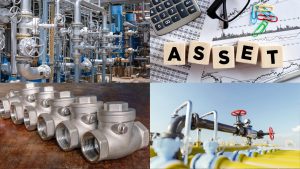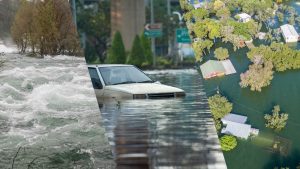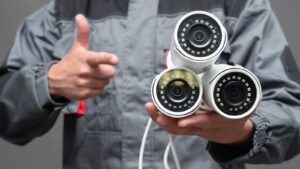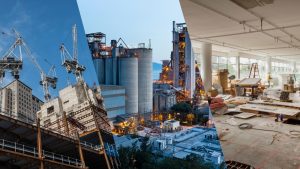Stormwater is a significant issue that affects water quality that governments find hard to curtail. Stormwater refers to rainfall, or where it is the end of winter, snowmelt that runs on rooftops, buildings, parking and other surfaces. Once it gets on the road, it collects debris and pollutants until it connects to a natural or artificial drainage way. Unlike the sewage waters that clean the industrial waste from factories or the toilet before it meets the surface waters, towns that get flooded by runoff water enter streams directly, polluting freshwater bodies. With urbanisation, there is further an increase in the number of stormwater runoffs which contaminate storm sewers that are part of the underground drainage system.
Therefore, there is an increased need to monitor the storage of stormwater runoffs and take measures to treat them before contaminating the limited supply of clean water. Water managers are thus pressured to find new solutions to keep the groundwater and surface water ecology safe.
Stormwater Challenges
It Could Alter The Natural Hydrology of An Area
Where urbanisation has not been adequately planned, too much-polluted stormwater could alter an area’s natural hydrology. In other words, typically, when it rains, only around 10% of the water that falls from properties joins water bodies. The remaining water evaporates or infiltrates into the soil and may enter groundwater supplies. However, the amount of water naturally absorbed by the soil decreases with increased rainfall in urbanised regions. Hence, the more buildings are built without proper care, the higher the percentage of rainwater that becomes stormwater since there is a lack of vegetation for it to soak in. Thus, the more heavy rain occurs in urbanised towns, the more stormwater is created, and the faster it joins streams. This would lead to the overloading of water bodies, causing downstream flooding and streambank erosion. The flooding can damage houses and other property, including roads, requiring the government to utilise public funds for repairs.
Additionally, every time a streambank erodes, it clogs the pipes and other channels, affecting the underground sewage system and increasing the level of flooding. As a result, the sediment collected along the way that joins the freshwater bodies accelerates channel erosion and can change the composition of the water bodies. This disrupts the natural hydrology in the area.
Increase of Pollutant Levels and Drastic Economic Impacts
How can Industry 4.0 Technology Solve The Challenges Faced By Stormwater?
Since stormwater is also created at a balanced pace in unorganised towns, the presence of stormwater is not inherently wrong. It is, in fact, a valuable resource which should be regarded as an alternative water supply. Given that Earth has little drinking water, and climate change may change the level of rainfall in the future, it is integral that steps are taken to collect stormwater and treat them for human purposes. To clean and maintain the quality of the stormwater, water utility service providers can infuse industry 4.0 technology.
Analytical tools powered by Artificial Intelligence (AI) are technologies that, in this regard, should be adopted to clean stormwater. By adopting such technologies, water managers can automate the process of monitoring stormwater runoffs in an area. Further, real-time and historical data can detect how stormwater affects its asset performance, operative conditions, risks, threats and other inconveniences in advance. Industrial Internet of Things (IIoT), smart sensors, digital twins, GIS, and simulation technology can help in averting natural disasters and any damages the overload of stormwater can cause.







